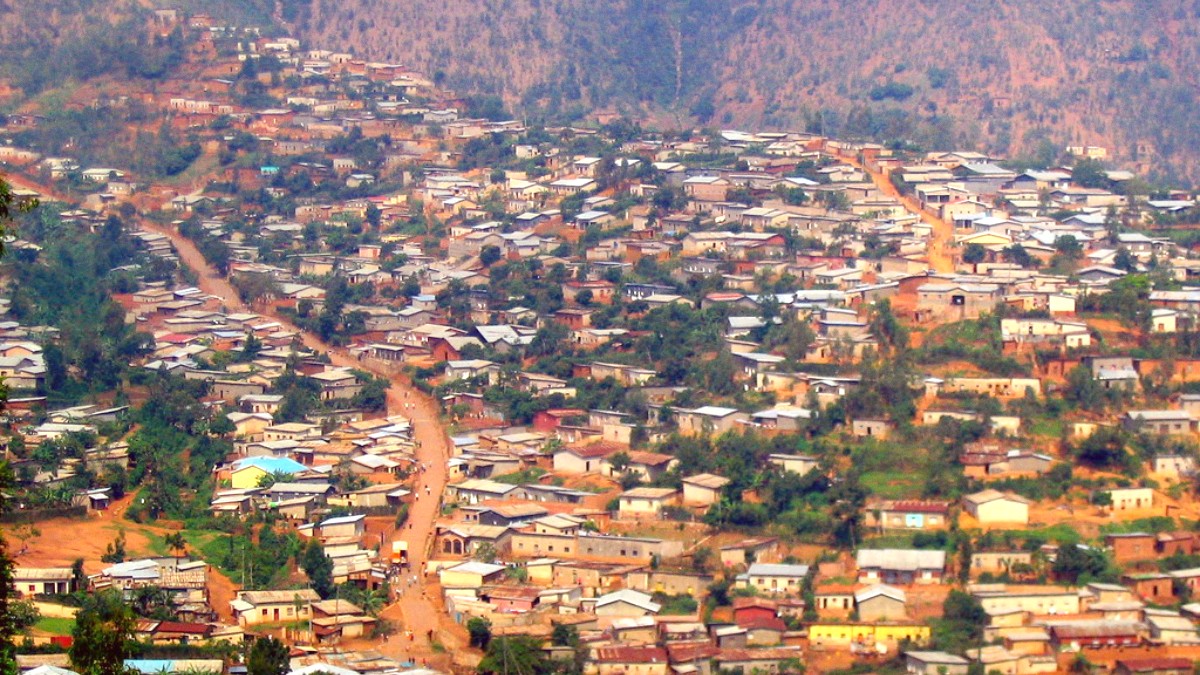
Rwanda
The Kigali Genocide Memorial is the most important site to visit in Kigali. It a permanent memorial to the over 250,000 victims of the 1994 genocide.
The memorial is a world-class educational center that chronicles the history of the genocide and teaches about reconciliation.
Kigali's museums and cultural spaces offer insights into Rwandan history, art, and environmental efforts.
The highest point in Kigali (approx. 1,850m) offers sweeping panoramic views of the city and countryside.
A peaceful artificial lake in Nyarutarama, popular for walks, jogging, and birdwatching.
Birdwatching is possible around Nyarutarama Lake. Akagera National Park is a feasible day trip for safaris.
Kigali's hilly landscape is its most prominent geological feature, a result of its location in the Great Rift Valley.
Kigali has no beaches. Lake Kivu is a few hours' drive from the city.
Beyond the main attractions, Kigali holds several lesser-known spots that offer unique experiences.
A hub for Rwandan coffee education, tasting sessions, and high-quality bean purchases.
Curated souvenir shop with high-quality, ethically sourced Rwandan crafts and fashion.
A pleasant pedestrian area for relaxed people-watching and a break from city traffic.
Frequented by Rwandans for affordable and hearty meals, an authentic dining experience.
A more authentic and less tourist-oriented experience with lively local bars and pubs.
Unparalleled panoramic views for photography.
Former residence of President Habyarimana, features wreckage of his jet, now includes Rwandan art and cultural exhibits.
Modern skyscraper symbolizing Rwanda's rapid development. It houses shops, offices, and a cinema, with panoramic views.
Supports vulnerable street children through art sales, featuring a diverse collection of paintings and sculptures.
Make the most of your visits with these helpful tips and details for attractions.
The memorial is open daily, closing on Umuganda Saturdays until noon. Entry is free.
This site was the former residence of President Juvénal Habyarimana, whose plane crash in April 1994 triggered the genocide.
A modern skyscraper dominating the city center, Kigali City Tower symbolizes Rwanda's rapid development and ambition.
Located within the Parliament building in Kimihurura, this museum chronicles the history of the 1994 genocide, focusing on the planning and execution of the atrocities.
Kigali's museums and cultural spaces offer insights into Rwandan history, art, and environmental efforts.
Sites detail the genocide's history, the struggle, and Rwanda's path to reconciliation and healing.
Mount Kigali and Kigali City Tower offer sweeping city views, ideal for photography and sunsets.
Galleries like Niyo Arts Gallery allow direct support for local artists and communities.
Start your visit early in the morning for a more reflective experience and to avoid larger crowds.
Prepare for an emotional visitThe gardens are pleasant to walk through, offering a tranquil space after the indoor exhibits.
Discover more historyVisit one of the cafes or restaurants on the upper floors for a coffee or meal while enjoying the extensive city views.
Take a walking tour with the Nyamirambo Women's Center to learn about the neighborhood's history, local traditions, and daily lives.
Always ask for permission before taking photos of individuals to show respect.
Kigali's cultural institutions serve as educational and artistic hubs.
Beyond urban development, Kigali offers several natural attractions with green spaces and panoramic views.
Always check current opening hours and entry fees for attractions, as details can change.
For a dive into Rwandan history, consider guided tours at the genocide memorial sites.
Kigali offers a mix of solemn historical sites, cultural centers, and natural viewpoints, each enriching your travel experience.
Dive into Rwanda's past and present through its diverse museum offerings.
Experience Kigali's dynamic art scene and community initiatives.
Gain a new perspective of Kigali from its elevated viewpoints.
These spots are perfect for photography and enjoying the city's unique topography.
Explore lesser-known spots for unique, local experiences.
These locations offer insights into daily life and creative endeavors often missed by typical tourists.
Walk through districts that tell stories of Kigali's past and present.
These areas offer glimpses into Kigali's evolution over the past century and traditional urban living.
Approach historical and memorial sites with respect and a willingness to learn.
Check opening hours and any special event schedules to maximize your visit.
Consider hiring local guides for context and insights at historical sites.